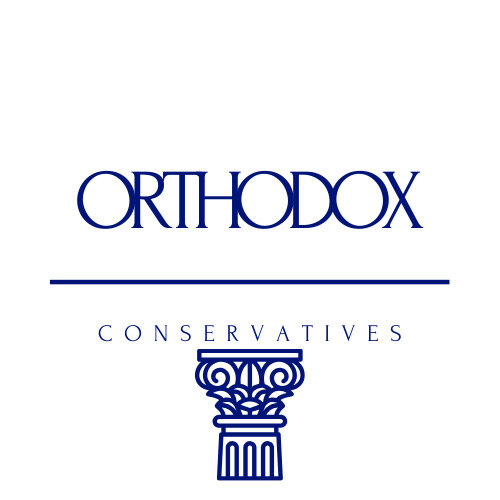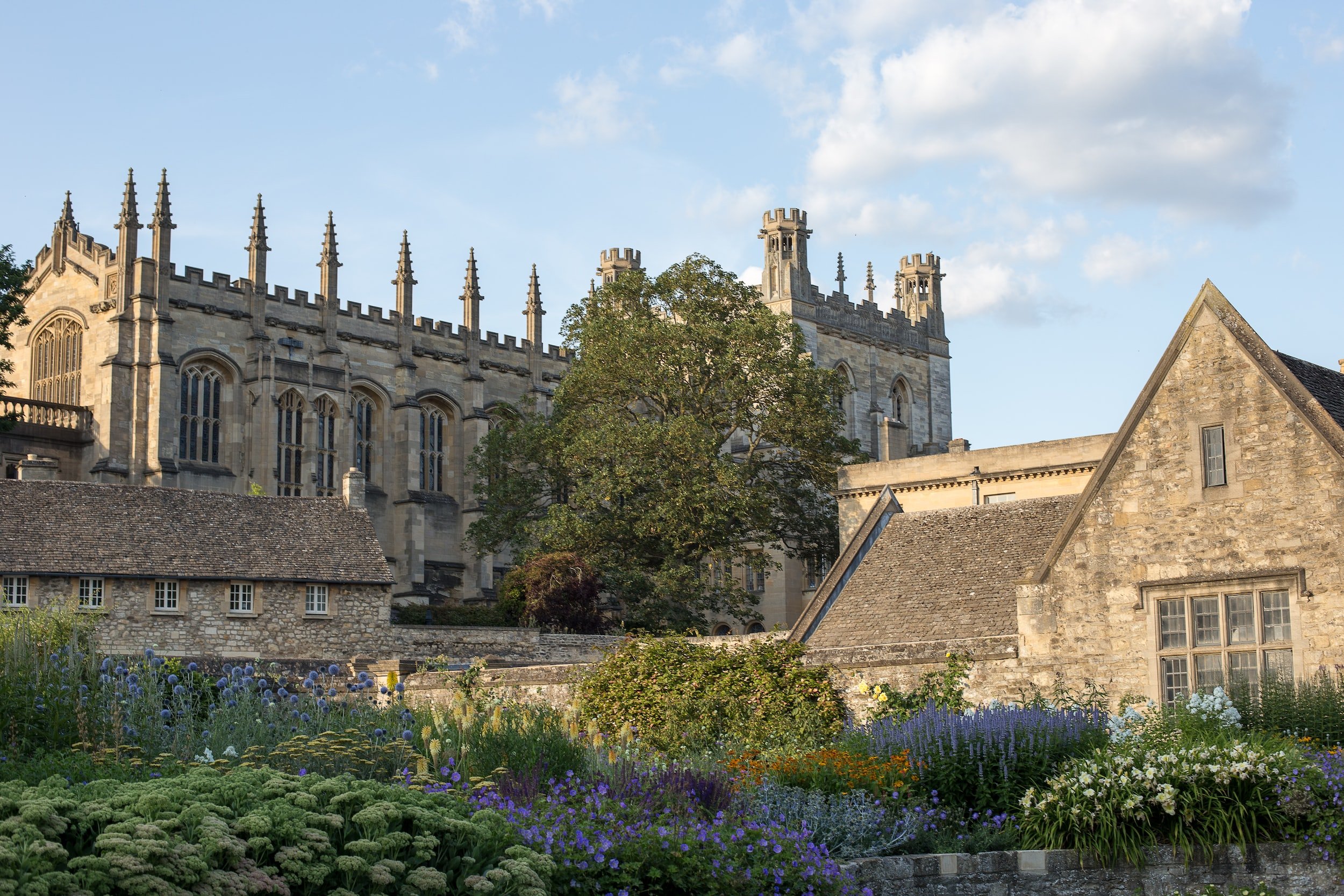Heritage Crime and Church Conservation: What Is to Be Done? | Jacob Atkinson
On St George’s Eve 1961, in his keynote speech to the annual dinner of the City of London branch of the Royal Society of St George, the Tory parliamentarian and orator, Enoch Powell, spoke to a generation “which comes home again from years of distant wandering”. He urged his audience to “discover affinities with earlier generations of English” and to build on their legacy: “Backwards travels our gaze, … and there at last we find them, or seem to find them, in many a village church, beneath the tall tracery of a perpendicular east window and the coffered ceiling of the chantry chapel.”
Powell’s core argument that churches are an indispensable part of English culture still resonates 60 years later. Despite religion ceasing to be a major determinant of national identity (the latest census data shows that less than half of the British public describe themselves as Christian), in a 2017 poll for the National Churches Trust, an overwhelming majority (87%) of Britons said that they regard the country’s 42,000 churches, chapels and meeting houses as bringing important benefits to the country. A similarly high proportion (83%) agreed that they are important as historical heritage.
Bleak headline figures from the census data tend to hide underlying trends, however. Recent surveys have dispensed with the traditional assumption that declining church attendance means a loss in religious faith. A YouGov/Times survey of 1,660 people in December 2018 found that while attendance is less frequent, the number of people attending church has grown, suggesting there may be a generation of “occasional worshippers”. Scholars have also begun to reconsider the utility of the secularisation thesis, as there is evidence to suggest its reversal. The secularisation thesis posits that modernity necessarily leads to the decline of religion. In a seminal 2017 essay, entitled ‘Why religion is not going away and science will not destroy it’, Peter Harrison, professor of the history of science at the University of Queensland, contended that global secularisation is not inevitable or caused by science. For Harrison, the experiences of countries such as Iran, India, Algeria and Turkey in replacing their secular governments with religious ones, or the rise of influential religious nationalist movements, have shown that the secularisation predicted by social scientists for decades has failed to materialise.
For 40 years there has been a protracted debate over what “heritage” is and its relationship to national identity. The most influential academic contributions coupled heritage with the idea of national decline. Robert Hewison and Patrick Wright contended in the mid-1980s that heritage promotes a nostalgic fantasy and disdain for the present. Such interpretations assume connections rather than examine them. Heritage is less an escape from change than a driver of it, becoming part of regional and local regeneration. The ambitious £4.3 million restoration of Holy Trinity Church, Sunderland, by the Churches Conservation Trust is a recent example.
Current conservation discussions are primarily centred around access to funding to restore and conserve churches, and the role of the government in conservation. Examining the role of government policy in conservation gives us a broader understanding of the place of the Church within national conservation schemes. In a 2018 paper entitled ‘Historic preservation, the state and nationalism in Britain’, Astrid Swenson showed that the exclusion of working churches from legislative protection beginning in 1882 demonstrates the strong hold the state had retained over them since the seizure of ecclesiastical buildings under Henry VIII. This strong hold means that the government is, in theory, well placed to protect churches from heritage crime and ensure their conservation.
Heritage crime is a transnational crime which presents a serious barrier to conservation efforts. It is defined by Historic England, the statutory advisor to the British government on the historic environment of England, as “any offence which harms the value of heritage assets and their settings to this and future generations.” Churches are most at risk from criminal damage, particularly metal theft. A Memorandum of Understanding was signed by Historic England, the National Police Chiefs Council and the Crown Prosecution Service in 2011 to ensure greater interagency cooperation in dealing with the threat of heritage crime. Since then, the partnership has expanded and achieved significant progress towards its goals of increasing knowledge and understanding within the law enforcement and heritage sectors. Each agency has established schemes in parallel, such as Operation Crucible, the inter-agency operation to recover stolen metal; and the CPS has encouraged specialist prosecutors to act as Wildlife, Rural and Heritage Crime Coordinators.
However, there has been no sustained attempt to unify disparate practices. A survey of heritage asset owners and guardians, local authorities and interested organisations by Mike Coombes and colleagues in 2012 remains the most comprehensive effort to trial new data collection processes in heritage crime research. Major weaknesses with heritage crime data include categorisation varying across police forces and areas, and using older or more general offences to charge suspects. In the decades since Police: A Study concluded in 1967 that “a much closer and continuous relationship between the Churches and the civil powers” was needed, criminologists and police forces have been slow to recognise the valuable role churches play in preventing crime, particularly heritage crime. Following the 2011 Memorandum of Understanding with Historic England, many police forces have now appointed Heritage Crime Liaison Officers, who assist with the prevention and investigation of predominantly rural offences.
The complacency and reluctance of the intellectual establishment to deviate from a message of cultural diversity further divides the official response to heritage crime and church conservation. A comparison of news reports for two cases of heritage crime, at St Mary the Virgin Church, Norfolk (arson), and five Sunni mosques in Birmingham (vandalism), reveals that the BBC produced nine articles for the latter and one for the former. This is compounded by an official reluctance to recognise the scale of the problem involving churches. The Church of England’s director of churches and cathedrals, Becky Clark, suggested that churches are not a particular target for crime, despite figures to the contrary. Records from West Midlands Police, released in 2019, reveal that churches were the most likely places of worship to be affected by crime. Yet churches received only 16% of the total funding from the worship protective security scheme.
What is to be done? Recent improvements include changes to sentencing guidelines recognising the theft of historic objects as more serious, but the government should go much further than this. Fresh approaches of how heritage crime as an offence is policed are critical. A common categorisation rulebook should be introduced through legislation to ensure that the identification and prosecution of heritage crimes are standardised across all police forces and multi-agency partnerships. To achieve this, the rulebook would compliment and supersede Historic England heritage crime guidance, building on the recommendations of the 1991 Morgan Report and the 2011 Memorandum of Understanding. Therefore, the rulebook should also apply to the Church of England, to address conflicting responses towards policing heritage crime. Strengthening efforts to agree a common definition of heritage crime will enable the collection of more accurate heritage crime statistics, unify disparate practices and address conflicting institutional responses.

